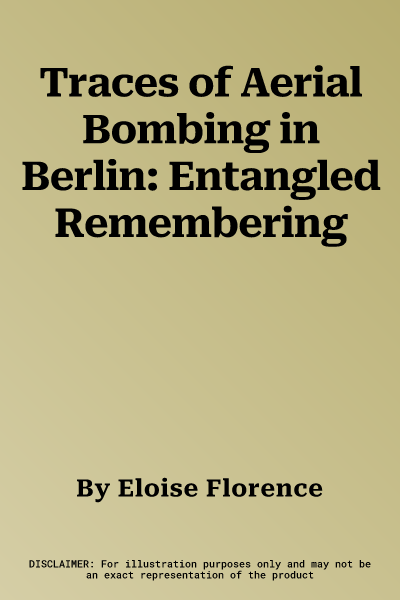As nations continue to grapple with their legacies, it is clear that the
things which make up our streets form a core part of our historical,
political and cultural identity. Here, Eloise Florence turns to Berlin
and the deeply entrenched narratives of World War II to explore the
complicated relationship between violence, place and memory in the
German and Anglo-American consciousness.
Centered upon Teufelsberg - a hill in Berlin born from the rubble caused
by Allied bombing - and other sites of violence across Germany's
capital, this interdisciplinary study unpicks the use and abuse of area
bombing and its cultural memory. Grounded in theories of new materialism
and post-humanism, and drawing on extensive empirical and
auto-ethnographic data, the issues addressed include: moving through
urban landscapes as an embodied means of memorializing war and trauma;
destruction as a means to advance right-wing ideological arguments such
as Bombenholocaust; and curation as an entry point for tourists to
reconsider the impact of aerial raids.
This innovative volume shines an important light on both the dark legacy
of the aerial bombing of Berlin and the ways in which we record and read
violent histories more generally. As such, Traces of Aerial Bombing in
Berlin will be an invaluable resource for all scholars of World War II,
memory culture and public history.

